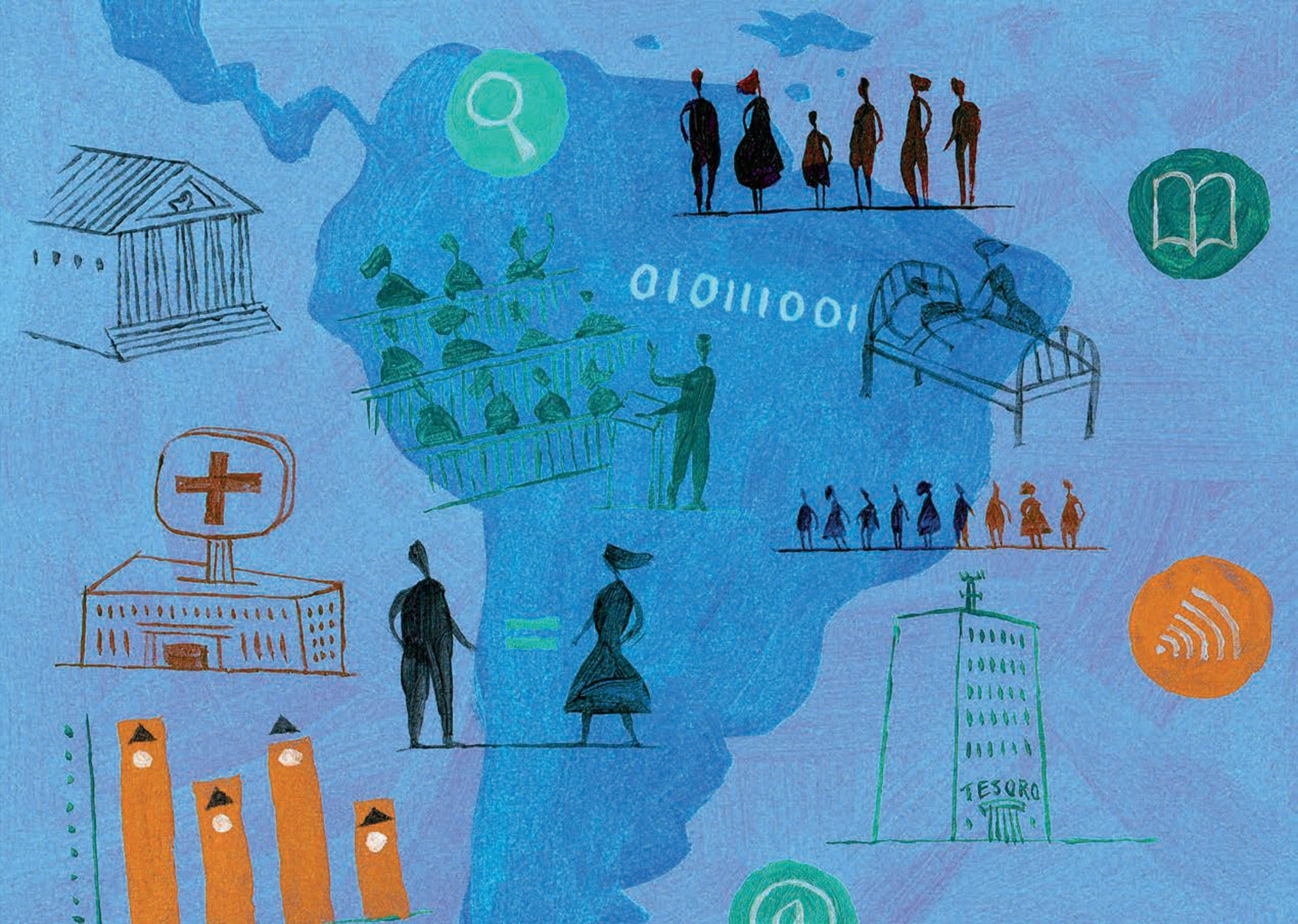Budget transparency goes beyond having all relevant budgetary information disclosed in a timely and systematic manner. It is a multi-faceted concept that refers to the clarity, comprehensiveness, reliability, timeliness, accessibility and usability of public reporting on public finances. Levels of budgetary transparency are influenced by the existence of legal requirements and governments’ disposition towards sharing information, among other aspects.
Budget transparency enhances accountability, legitimacy, integrity, inclusiveness and quality of budget decisions, which contribute to improving trust between governments and citizens.
Releasing budgetary information in open data formats and publishing citizens’ guides to the budget contribute to enhancing budget transparency by allowing stakeholders to access and understand key fiscal information. According to survey results, the practice of releasing fiscal information as open data is more widespread in LAC than the production of citizens’ guides. For instance, while 12 countries out of 13 release the approved budget in open data formats (except El Salvador), only nine (Argentina, Bahamas, Brazil, Chile, Costa Rica, Dominican Republic, Mexico, Peru and El Salvador) have a citizens’ guide to the budget including key information on the approved budget. Eleven LAC countries also release in open data format the year-end execution reports (except Argentina and El Salvador) while slightly less than half of surveyed countries include them as part of the citizens’ guides to the budget (Argentina, Brazil, Costa Rica, the Dominican Republic, Mexico and Paraguay). Only the Dominican Republic, Mexico and Paraguay publish citizens’ guides for mid-year implementation reports.
New technologies are improving the interaction between people and budget authorities, and could lead to increased budgetary transparency in the future. For example, Paraguay introduced a mobile application called “PresupuestApp” in October 2019. This App allows people to perform queries on the approved budget and spending of any public institution, to obtain historical data on spending by category and sources of financing since 2011, as well as report budget irregularities to the Ministry of Finance. Such data are also available on the national open data portal.
Legislatures represent citizens’ priorities and hold government to account as part of the budget process. The presentation of the budget and related documentation in the legislature is normally the first opportunity for public scrutiny of government’s priorities – an essential component for transparency and public financial accountability. In such presentation, twelve out of thirteen LAC countries, except Panama, include budget priorities, either included in the narrative or as a separate document, and the text of proposed legislations. Only 59% of OECD countries include the text of proposed legislations.
Eleven countries also share the macroeconomic assumptions (except Panama and Peru), while this is done by all OECD countries. Another 11 LAC countries (except Panama and Paraguay) disclose the medium-term perspective on total revenue and expenditure and clearly defined appropriations (except Panama and Paraguay). Among OECD countries, 94% share clearly defined appropriations and 82% include the medium-term perspective. Only five LAC countries present an annual financial plan including off-budget expenditures and extra budgetary funds, compared to more than half of OECD countries.
On average, LAC countries present 9 items out of the 13 enquired about in the survey to the legislature, the same as the average for OECD countries. The LAC country that presents the largest list of items (13 in total) is Brazil, including a comprehensive annual financial plan with off budget expenditures and extra budgetary funds.

